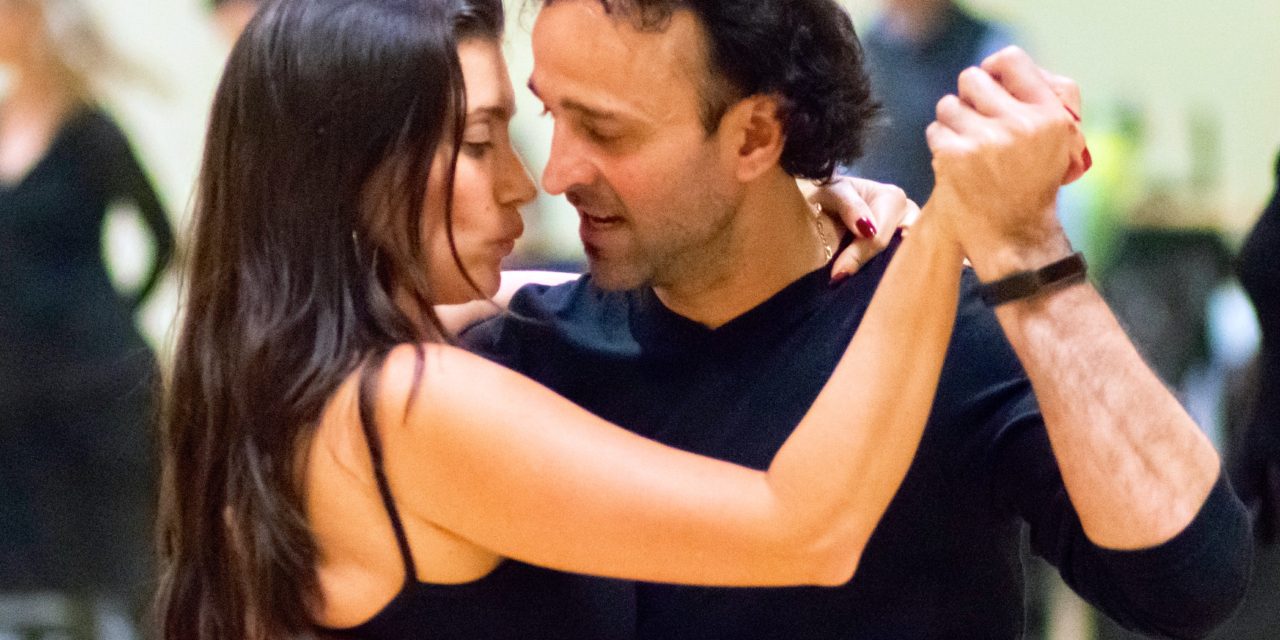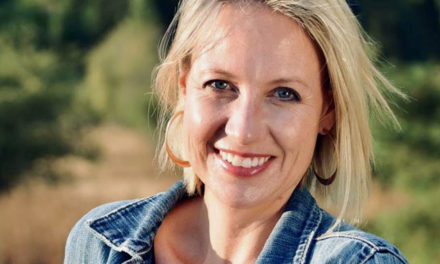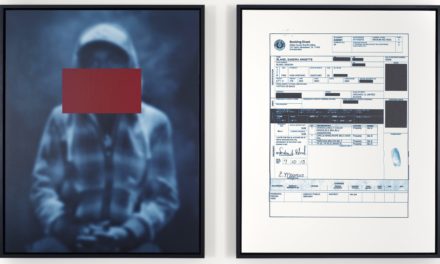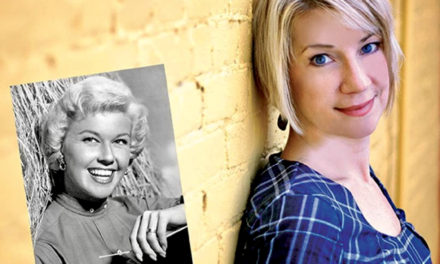(Above: The Argentinian tango breathes intensity, even in rehearsal, as evinced by singer Catalina Cuervo and dancer Guillermo Merlo. Cuervo, from Colombia, has performed the title role in more productions of María de Buenos Aires than any other singer. Photos by Kelli Matthews)
By Randi Bjornstad
Spanish may be the official spoken language of Argentina, but tango is definitely its body language.
Nowhere is that more evident than in María de Buenos Aires, Astor Piazzolla’s tango opera — with libretto, or story, by Horacio Ferrer — that has been a steamy sensation on stages all over the world since its debut in Buenos Aires in 1968.
Neither the composer nor the writer is still living — the Argentinian Piazzolla died in 1992 in his 71st year, followed by the Uruguayan Ferrer in 2014, in his 81st — but their operita, or “little opera,” remains a sought-after production by opera companies brave enough and accomplished enough to give it a try.
Eugene Opera fits in that category and will bring its version to the state on May 4 and 6. Artistic director and maestro Andrew Bisantz not only has the vision and experience to pull it off, he also has a reputation that can woo top talent both nationally and internationally to the stages he commands.
In this case, for example, the title role is practically owned by Catalina Cuervo, a Colombian singer who has performed it more times than any other singer on record. She is joined on the Eugene Opera stage by the widely acclaimed American baritone Paul La Rosa as El Payador, the storyteller, and Argentine-born Milton Loayza, as El Duende, a mythical if not supernatural spirit.
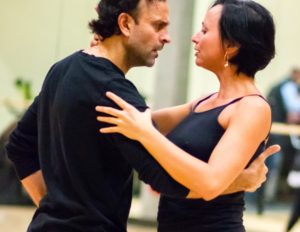
Internationally famous tango dancers Guillermo Merlo and Fernanda Ghi rehearse for Eugene Opera’s production of “María de Buenos Aires”
The cast also includes dancers Fernanda Ghi and Guillermo Merlo, whose legendary reputations as tango artists includes winning the World Argentine Tango Championships in 1999. Merlo won 1997 and 1998 Tony Awards for his choreography for Forever Tango on Broadway. The couple were featured dancers on the PBS special, Tango Magic, and also have the distinction of being the first non-Asians invited to perform at the Imperial Theater in Tokyo, Japan.
Other dancers well-known from local stages — Jim Ballard, Deanna Murphy, Gustavo Ramirez, and Marisela Rizik — also perform in María de Buenos Aires.
The director for the show is David Lefkowich.
Story complicated, but just enjoy
Maestro Bisantz finds the depth of feeling encapsulated in the María de Buenos Aires story so compelling that “I sometimes have a hard time keeping my emotions in check just talking about it,” he said. “It is a powerful allegory at so many levels. I first saw this opera performed six years ago, and I have wanted to do it ever since.”
His participation in this production goes beyond conducting. Bisantz took his undergraduate degree in piano performance before turning to conducting in graduate school. In addition to conducting the orchestra in the Eugene Opera’s production of María de Buenos Aires — “I’ll be using lots of nods and sniffs,” he said with a smile — he also will play the piano with the 11-person orchestra, giving him an even greater emotional connection to the work.
“Conductors tend to be slightly removed as they direct the members of the orchestra while the musicians internalize the music as they play,” Bisantz said. “This time, I will be doing both, which I really look forward to doing because of the way I feel about this opera.”
Fortunately, the music of María de Buenos Aires is “so logical that everyone can figure out the phrasing and get it right,” he said.
The same is less true of figuring out the plot, and Bisantz advises the audience not to worry too much about that.
“This piece is still mysterious to me, after first seeing it six years ago and loving it, and working on it ever since,” he said. “You can approach María de Buenos Aires as a metaphor for tango itself. The character of María can be interpreted as a child, a prostitute, the Holy Virgin herself, even Jesus, all that Buenos Aires is and all that tango is.”
For that reason, he advises the audience to approach the opera “as experiential, not factual.”
“Just become immersed in the emotion of it, the beauty of it, the feeling of it,” Bisantz said. “It doesn’t matter if it remains a mystery — this is not a story that follows a path from beginning to end. It’s more important just to feel the mood of the music and the dance.”
In that way, María de Buenos Aires is very different from most operas, Eugene Opera’s executive director, Erika Rauer, agrees.
“Opera historically has followed a very simple narrative, with characters and problems that resolve themselves at the end,” Rauer said. “This is very different. When I have watched videos of this opera, I have felt completely transported by the story.”
In the first half of the opera, María leaves her childhood neighborhood and becomes part of the street scene in urban Buenos Aires — including the magic of tango — and where she becomes a prostitute who ultimately is murdered by members of a criminal gang.
In the second part, she is exhorted by the spirit, El Duende, to return to haunt her former neighborhoods as a sombra, or shadow. She does that and eventually gives birth to a daughter, who may be herself in a new life.
María de Buenos Aires
When: 7:30 p.m. on Friday, May 4; and 2:30 p.m. on Sunday, May 6
Special opportunity: Students in grades eight through 12 are invited to attend the dress rehearsal free of charge at 7 p.m. on Thursday, May 3
Where: Soreng Theater, Hult Center for the Performing Arts, One Eugene Center (Seventh Avenue and Willamette streets in downtown Eugene)
Tickets: $15 (students) to $54, available at the Hult Center box office, 541-682-5000, or online at hultcenter.org (handling fee of $2.50 to $5.50 for online ticket purchases)

